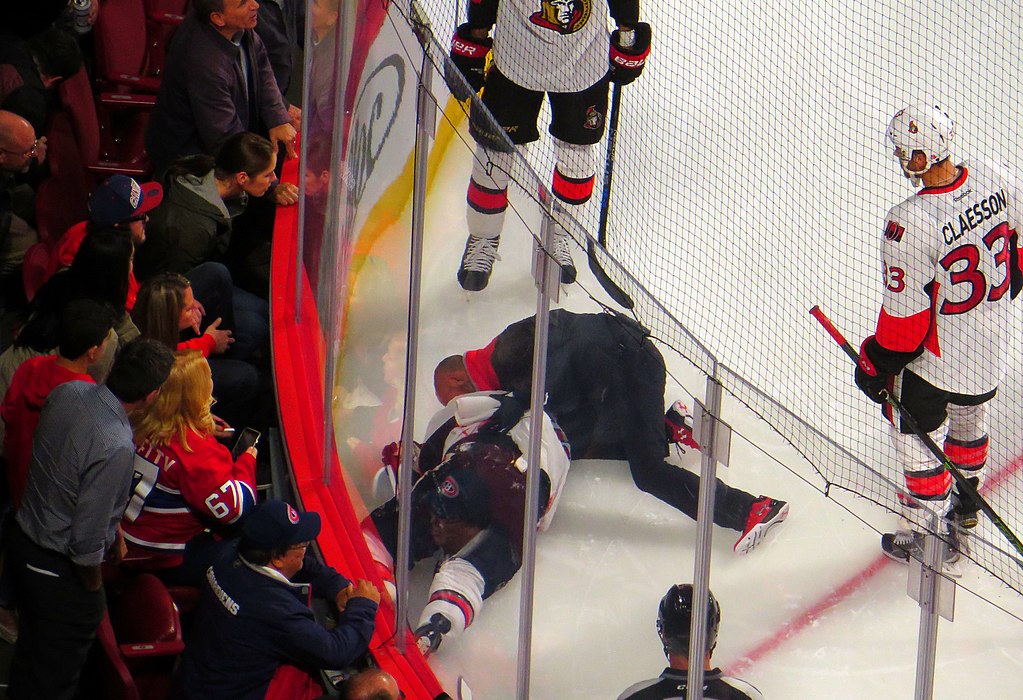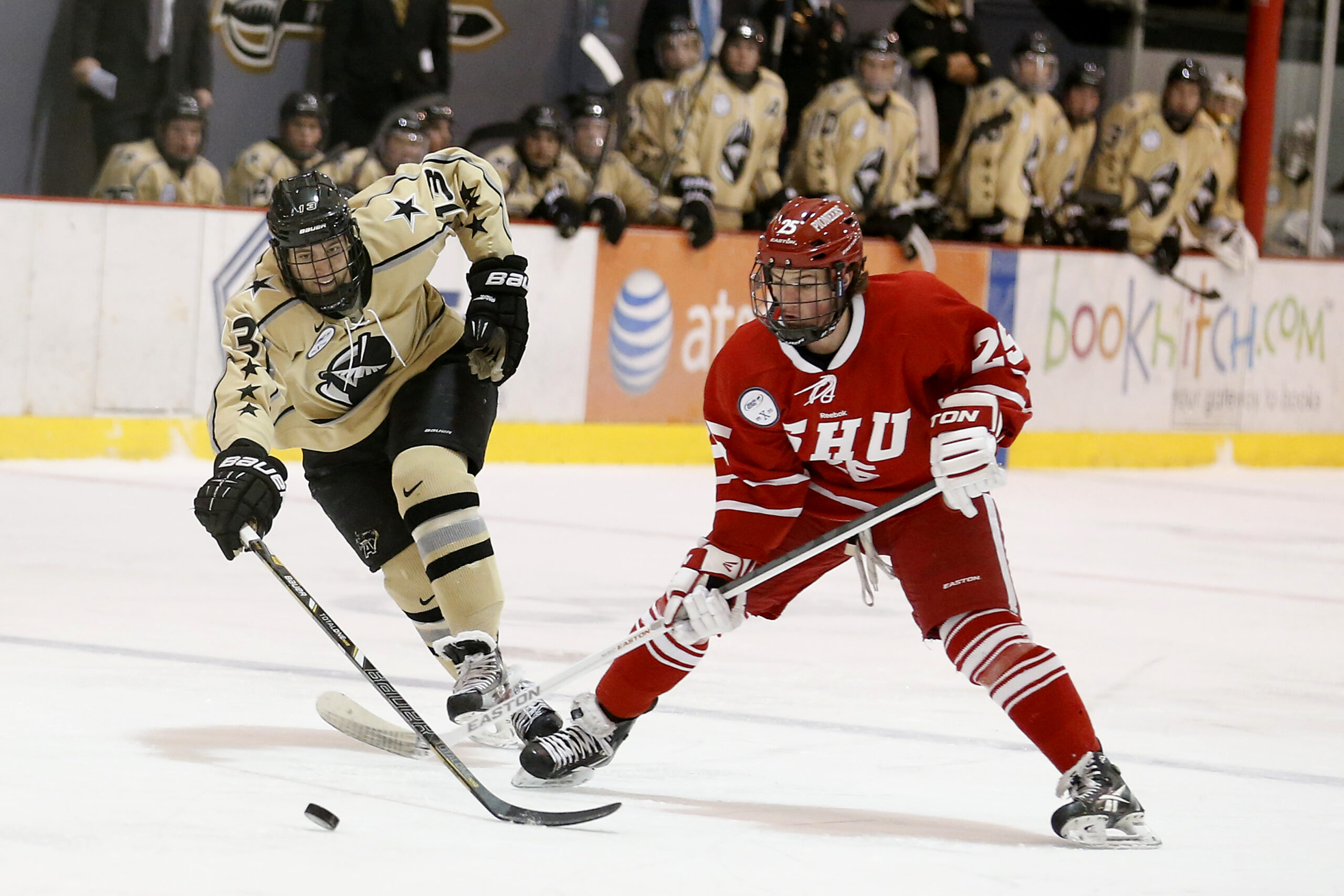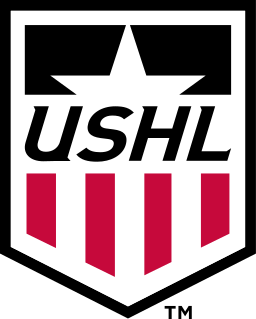By Yvon Bryan
“Out two to three weeks with an upper body injury.” We are all familiar with this vague hockey injury disclosure nomenclature predominately used in the NHL. But what does this actually mean when it comes to long term health for hockey players? And what happens in other leagues when injuries arise? This article examines the injury patterns and medical care received by hockey players as well as possible solutions to the increasing number of devastating career ending injuries and tragic events.
Hockey is known to be played by tough and brave players with a known intrinsic risk that injuries will occur when pucks fly at near 100 mph and/or player’s collide at upwards of 40 mph. But can a new way to examine injuries and report them make the game safer in the long term? Everyone wants hockey players to play longer and avoid career ending injuries or chronic pain. Injuries incurred during their playing careers may limit future activities and cause the need for joint replacements such as seen when Ryan Kesler posted on his Twitter account recently (Check here for the photo but WARNING it may be graphic for some viewers).
A Distinction Across Leagues
First, a distinction must be analyzed on the injuries that occur between the different levels of the sport. That is professional versus amateur, elite levels (such as major juniors) leading to the pros, or college hockey between Division I and III. We must also not forget that most injuries ultimately occur at the youth hockey level. A major question that must be asked is the seemingly obvious one of who pays for this medical care? Is it the insurance from the parents if the players are under the age of 26 or is it the responsibility of the teams if the teams are making money such as in juniors or pros? The cost of the injuries and rehabilitation may range from minor emergency room visits for lacerations to the face, to dental work, to unfortunate catastrophic spinal cord injuries that require long-term care. Fundraisers may be used to help with expenses and offset the cost, and the community may help, but the underlying economic hardship is still very significant for the long term care of the player/patient.
At present, except at the NHL level, parents’ or legal guardians’ insurance will generally be used to pay. However, if teams are in hockey to make a profit and charge fans to watch players, should the teams be responsible for the health care of the player’s injury? This is especially true if the player suffers a career ending injury and future earnings are affected.
This was a major reason former CHL players brought a class action lawsuit to be considered employees. (If you haven’t yet check out our article on that lawsuit ). At the moment, players in the CHL are not considered employees. However, should they be at least to the extent to have insurance provided by the teams? This is also an important question for players in other leagues such as the USHL and NAHL.
Access to Medical Care
Another important point to consider when analyzing medical care in hockey is the significant impact that the difference in access to high-quality care has on the players and how that may be difficult to navigate for someone not in the medical field. Whether an injury occurs in a large metropolitan city such as Boston, Massachusetts with numerous world-renowned hospitals and medical specialists, or Butler County, Ohio, where access to surgical subspecialties may not be available, could have lasting impacts on players’ health and care.
Beyond the obvious level 1 trauma hospitals and sports medicine expertise in urban areas, many small towns do not have the expertise to deal with hockey specific injuries.
The treatment of a shoulder injury occurring in a pro player such as Zach Werenski may be very different than that occurring in a DIII college player who still has a full course work in school and may not have access or the ability to pay for short or long term rehabilitation
Beyond access to medical care, how does one even know if the specialist or care received is good and appropriate. Certain surgeons may opt for more conservative therapy while others are aggressive in their treatment and would operate. This also brings the relationship of team physicians and their responsibility to the player or to the team. What are the long term implications of the injury and the treatment to the player after retirement? All of these questions should be sought by the player before undergoing medical procedures.
These decisions are not easy even for someone in the medical field as access to medical care does not imply that quality care may be achieved. The decision in deciding who should take care of an injury is even more difficult in children who are still growing as the treatment may differ from that of an adult pro player and thus require pediatric subspecialists.
Injury Nomenclature and Disclosure
Another view of injuries is the current nomenclature used to describe injuries in the pros as being “upper” versus “lower body” injuries. In the NHL, Section 34.3(c) of the Collective Bargaining Agreement allows for the disclosure of injuries for public relations purposes to be seemingly as vague as possible in the discretion of the league, team or NHLPA. This is different than the NFL where specific injury disclosures are required. Privacy of the players’ information and the prevention of targeting of injuries by other players are some of key reasons for these vague disclosures.
However, this does not really make any sense anatomically and a new system could be proposed to explain these injuries. The injuries would be disclosed into three parts: (i) the head and neck, (ii) the trunk, and (iii) the upper and lower extremities. These 3 areas may be further subdivided as follows. The (a) the head with traumatic closed brain injuries ( concussions), (b) lacerations/fractures to the other parts of the head including the face. The face can be further sub- divided into the areas of the mouth (dental), nose, and eyes and ears, and (c) the bones of the cheek and jaw, and d) ears. The neck (i) could be divided into three main areas to include (i) vascular injuries such as lacerations from skates such as what happened to Clint Malarchuk and Richard Zednik or (ii) laryngeal injuries from pucks such as occurred to Trent McCleary and (iii) spinal cord lesions.

Injuries to the trunk or body could be subdivided into those from trauma either penetrating or blunt to the (i) chest and abdomen, (ii) back and lower spinal injuries and (iii) cardiac to include cardiac arrhythmias and/or arrest as happened to Jay Bouwmeester, Rich Peverly and Jiri Fischer. In such instances prompt CPR and defibrillation led to recovery and prevented death. This was due to expert and prompt medical attention at an NHL arena but this may not be the case at a small rink during a youth game.
By dividing the body into these different areas, a database could be developed which would help identify the true incidence and nature of these injuries and help obtain meaningful outcomes.
This database of outcomes could be shared by all parties so more informed consent of risks and injuries would be known to all involved in hockey.
There have been many excellent studies in the past, however by a better presentation of the injuries using anatomic descriptions it would help not only in the treatment but also in the prediction of future injuries.
Fear of player retaliation from disclosure of an injury is always a possibility, but penalties and fines could be given to players who further intent to target an already injured player. There is also the possibility that these injuries could be used against players and affect their future earnings. However, not disclosing injuries is worse in both the short and long term if the goal is to make the game safer.
Conclusion
This article has attempted to discuss how tough players are in hockey but also how challenging it is to have access to consistent and quality medical care. Medical care varies tremendously depending on the level of player’s injury, the medical expertise sought as well as the location of the injury and treatment options. The disparity in medical care that hockey players receive may be no different than that seen already in rural care and in other lower socioeconomic statuses.
One must remember that though most young hockey players dream of playing in the NHL, the parents should never have the nightmare of paying for the cost of a devastating spinal cord injury if it can be avoided.
This is why a better system for nomenclature, disclosing injuries and transparency of treatment options should be discussed among those involved more frequently and at a deeper level.
Post image attribution: By: Ken Lund from Reno, Nevada, USA / CC BY-SA (https://creativecommons.org/licenses/by-sa/2.0)




